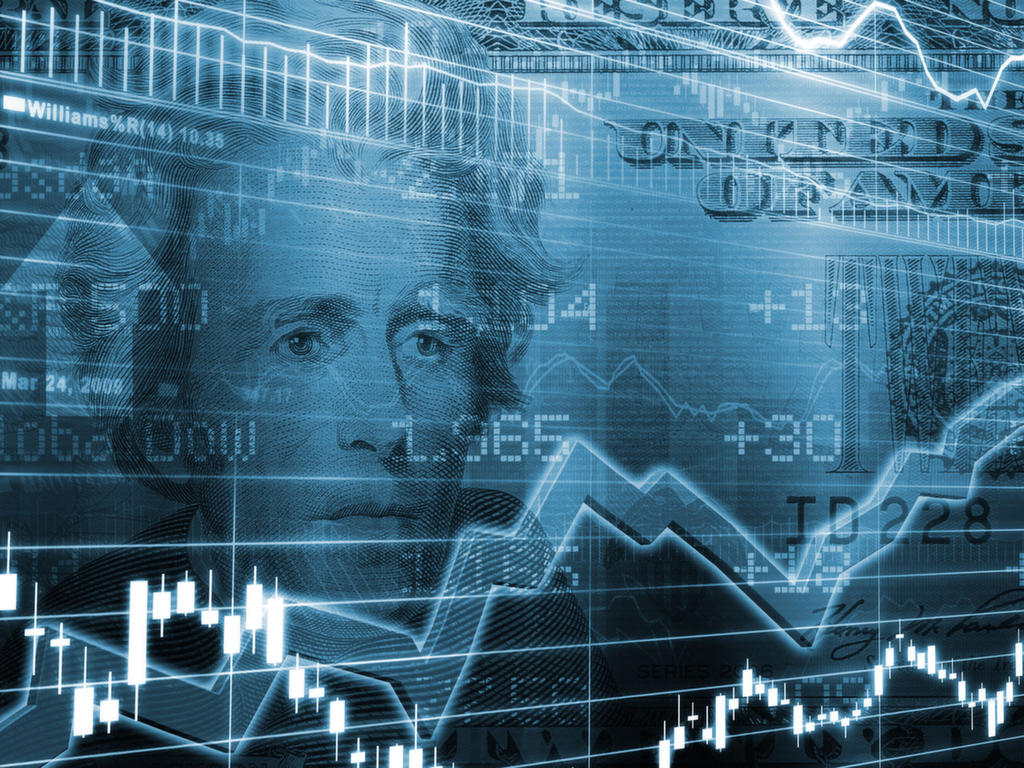Tehran Stock Exchange wrapped up its fourth consecutive trading week in red amid tumbling oil prices, reopening of listed companies’ ticker symbols, banking problems and lingering ambiguities surrounding the timing of the lifting of sanctions.
During the week that ended August 12, TEDPIX fell 748 points or 1.13% to close at 65,703.3.
All indices settled in red with the Financial Index tumbling 4,561 points or 3.18% to become the biggest market laggard. Weekly trade value and volume were also down 58.7% and 41.3% respectively.
During the past two weeks, the equity market has failed to catch up with the forex market, causing scattered investors to flock to the latter in a bid to recover their losses. The reopening of Bank Mellat’s ticker symbol dragged down the benchmark for two straight days. Furthermore, the nuclear deal between Iran and P5+1 did not meet investors’ expectations, with almost all systemic and systematic risks remaining in place to exacerbate the retreat.
Foreign direct investment is yet to be made. Inflows that were expected to be pumped into the equity market are still waiting for the time sanctions are removed.
Oil plunge to a six-year low is projecting gloomy performance for refining companies and chemicals, which constitute almost half of equity market’s total market cap. Moreover, since Iran’s economic growth is tied up to oil prices, more pullback in oil price will intensify the prevailing credit crunch, and budget deficit accordingly.
West Texas Intermediate futures tumbled 2.5 percent as the deteriorating outlook for Chinese growth follows the highest production from OPEC in three years in July. Iran’s nuclear deal with world powers last month fueled speculation that it will pump more crude, adding to the glut, Bloomberg reported.
Base metals are also grappling with poor performance as the US dollar advances against its peers, with recent US economic indicators underscoring steady growth. Hence, the greenback’s advance coupled with sagging global economy is expected to send base metals prices to new lows.
National Iranian Copper Industries Company’s share has lost almost 20% of its value since July 1. It seems that both retail and institutional investors have lost appetite for base metals, at least in the short run.
As copper and aluminum prices sank to six-year lows on the London Metal Exchange, some investors said industrial metals were just starting to catch up with the selloff that has sent other commodities’ prices sharply lower, Wall Street Journal reported.
Despite lingering laggards dragging down TEDPIX, the issue of high banking interest rates is still the main factor curbing investors’ enthusiasm to engage in the equity market. Instead they are shifting to banks as a haven where an annual return of 22% is guaranteed. This is while, considering the recent bumpy rides at TSE, investing in the stock market may take five years to yield 22%.
Lack of an integrated debt market to raise fund for industries has largely contributed to the recent rout at TSE. The burden of fundraising lay on Central Bank of Iran, though non-performing loans amid bad lending practices have already drained banking resources.
The equity market’s wobbly situation is, however, expected to gradually shift to a steady uptrend by early 2016, when all sanctions are lifted.
Upbeat news is streaming in after many delegations from Europe and Asia visited Iran to reap the benefit of tremendous economic opportunities, as Iran’s frozen assets are also expected to find their way back to the country by early 2016.
In addition, on Thursday Switzerland officially lifted anti-Iran sanctions that had been suspended since January 2014.
To conclude, TSE’s dented sentiment is expected to get back on track with its diversified industries projecting steady growth amid fresh inflows.
Economic ambiguities will gradually fade away to make Iran’s financial market a safe harbor for foreign investors, where they can mitigate their risks to the lowest level. However, caution is always advised as Iran will start integrating the country’s financial market into world markets, which could make it vulnerable to global ups and downs.


